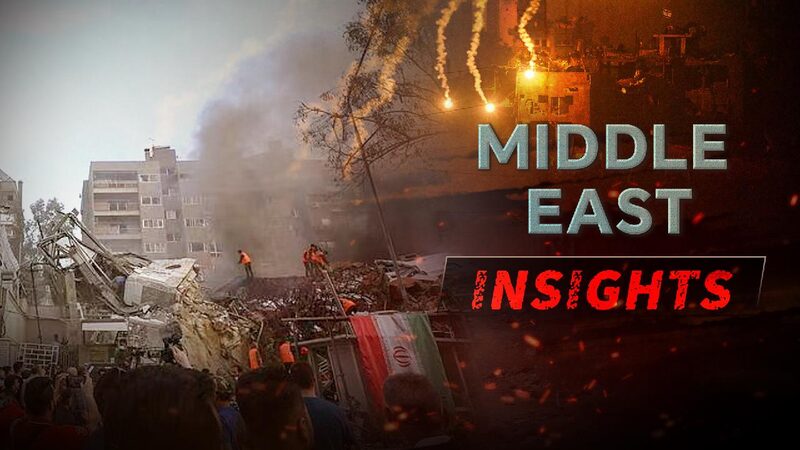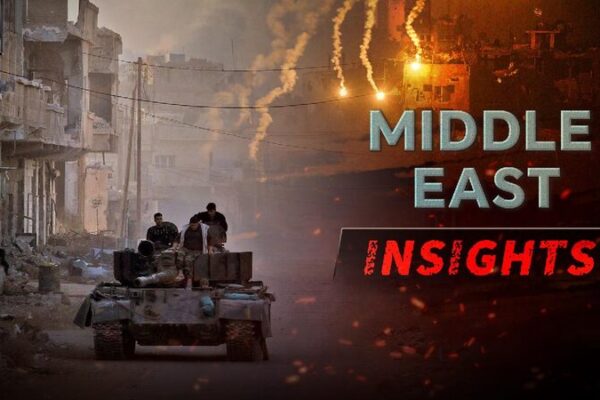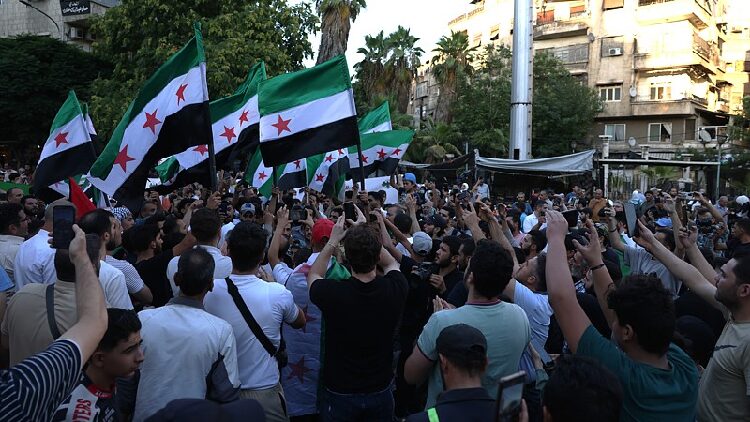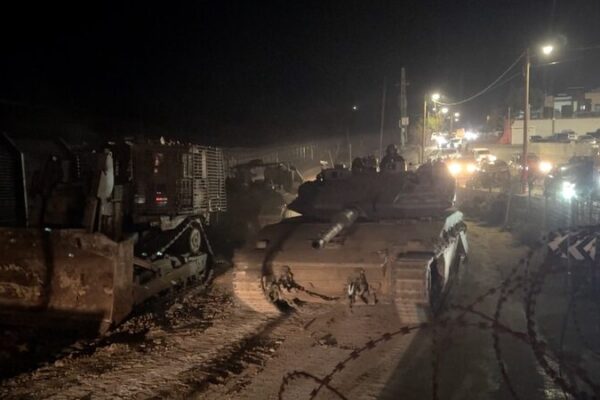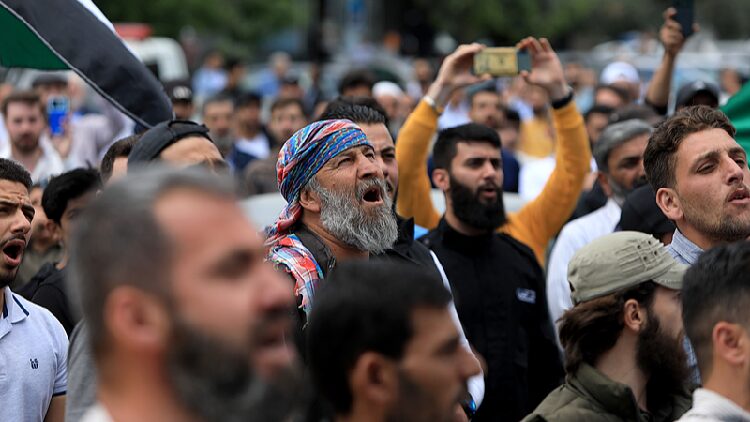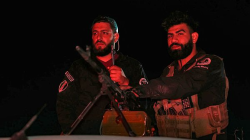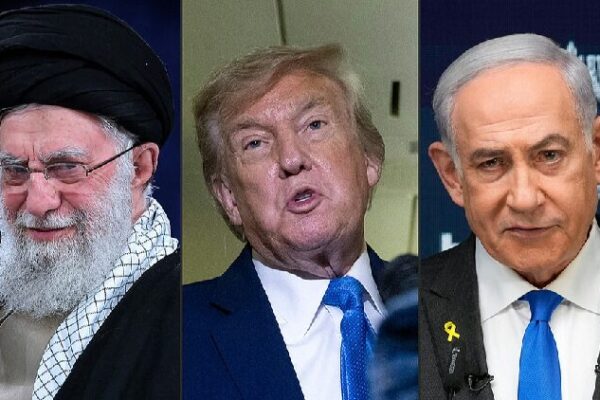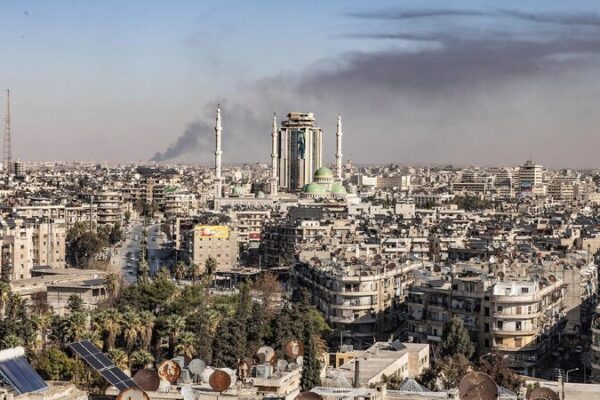A Year of Turmoil: Iran and Israel’s Escalating Conflict in 2024
The Middle East has witnessed a dramatic escalation in tensions throughout 2024, with long-standing rivals Iran and Israel stepping into direct military confrontation. What began as skirmishes has transformed into a multi-front conflict, redrawing the geopolitical landscape and leaving the region on edge.
From Shadows to Open Conflict
The year kicked off with a shocking development on April 1, when Israel launched an airstrike on Iran’s consular section in Syria, claiming over ten lives, including Iranian military personnel and Syrian civilians. The attack sparked outrage across Iran, with citizens demanding swift retaliation, viewing it as a declaration of war.
Iran responded decisively on April 13. In an unprecedented live broadcast, the Islamic Revolutionary Guard Corps launched hundreds of drones, cruise missiles, and ballistic missiles targeting military and intelligence facilities within Israel. It was Iran’s first direct military assault on Israeli soil, signaling a severe escalation.
Despite Iran’s announcement that the operation was concluded, warnings were issued against further provocations. However, the tensions didn’t subside. On April 19, an explosion in Iran’s central province of Isfahan was attributed to Israeli drones targeting defense installations. Iranian air defenses intercepted the attack, preventing casualties.
Leadership Losses and Continued Strife
Tragedy struck Iran on May 19 when a helicopter carrying President Ebrahim Raisi and Foreign Minister Hossein Amir-Abdollahian crashed, resulting in their deaths. The nation mourned as millions attended memorials and the presidential funeral.
Seyed Hassan Ghazizadeh Hashemi was sworn in as the new president on July 30. However, the very next day, Hamas leader Ismail Haniyeh was killed in an Israeli attack on his residence in Tehran, further inflaming tensions.
September saw a series of targeted attacks by Israel, including a pager bomb in Lebanon and an airstrike that killed Hezbollah leader Hassan Nasrallah and senior Iranian military officials. In retaliation, Iran launched 200 ballistic missiles at Israel on October 1, introducing the new “Fattah” hypersonic missile, which struck key Israeli radar installations.
Israel countered on October 26 with attacks on Iran’s air defense systems and military facilities. Iranian defenses intercepted many of the missiles, but the strikes resulted in the deaths of four Iranian soldiers.
Rising Terrorism and Internal Struggles
Amid the conflict with Israel, Iran faced internal challenges with a surge in terrorist activities. From deadly bombings during memorial events to attacks on pipelines and military bases, extremist groups exploited the chaos.
Significant incidents included:
- January 3: A terrorist attack in Kerman killed nearly 100 people during a memorial for General Qassem Soleimani.
- February 14: An explosion at a major natural gas pipeline in southwestern Iran.
- April 4: Attacks on military headquarters in southeastern Iran resulted in the deaths of three soldiers.
- October: Multiple shootings and assaults in Sistan-Baluchestan province, claiming the lives of security personnel and civilians.
The Iranian military launched extensive operations against these terrorist groups, aiming to restore stability.
A Region on the Brink
The re-election of Donald Trump as U.S. president added another layer of complexity. His previous policies had strained U.S.-Iran relations, and his return signaled potential for renewed tensions.
While Lebanon managed to broker a ceasefire with Israel, Syria fell back into conflict. Iran accused external forces of destabilizing the region to undermine its influence, especially with key allies under pressure.
As the year ended, hope persisted among the Iranian people. Interviews with Tehran residents revealed a collective desire for peace and stability. Fatima, a university student, said, “We just want a safe future, without wars and violence.” Ahmad, a shop owner, echoed, “Peace is what we need—not just for Iran, but for all the Middle East.”
Looking Forward
2024 has been a tumultuous year for Iran and the broader Middle East. The shift from proxy conflicts to direct confrontations marks a dangerous turn with global implications. As the new year approaches, the world watches closely, hoping for de-escalation and a move towards lasting peace.
Reference(s):
Middle East Insights: Iran, confrontations and a turbulent year
cgtn.com
